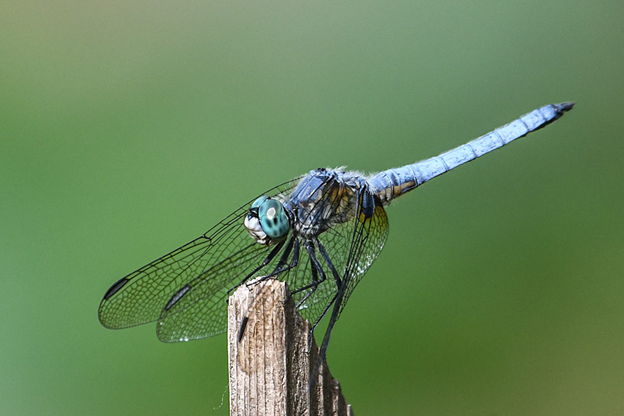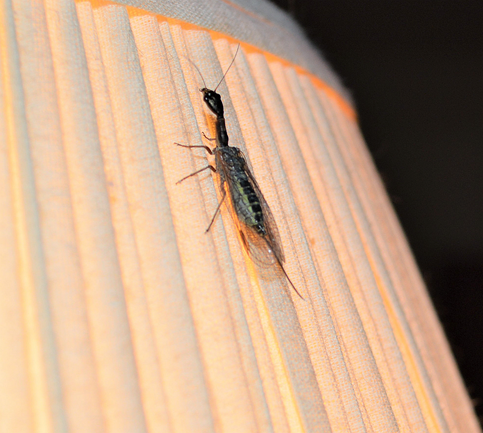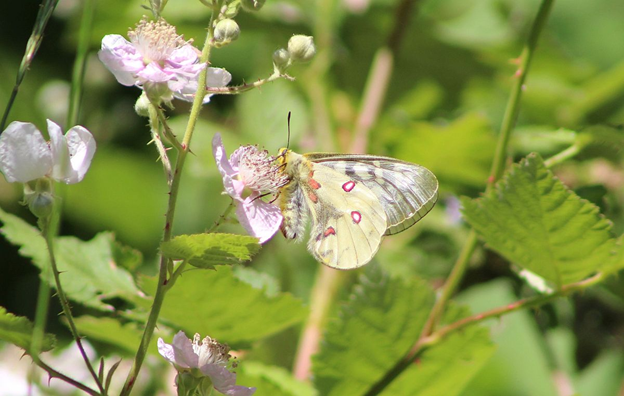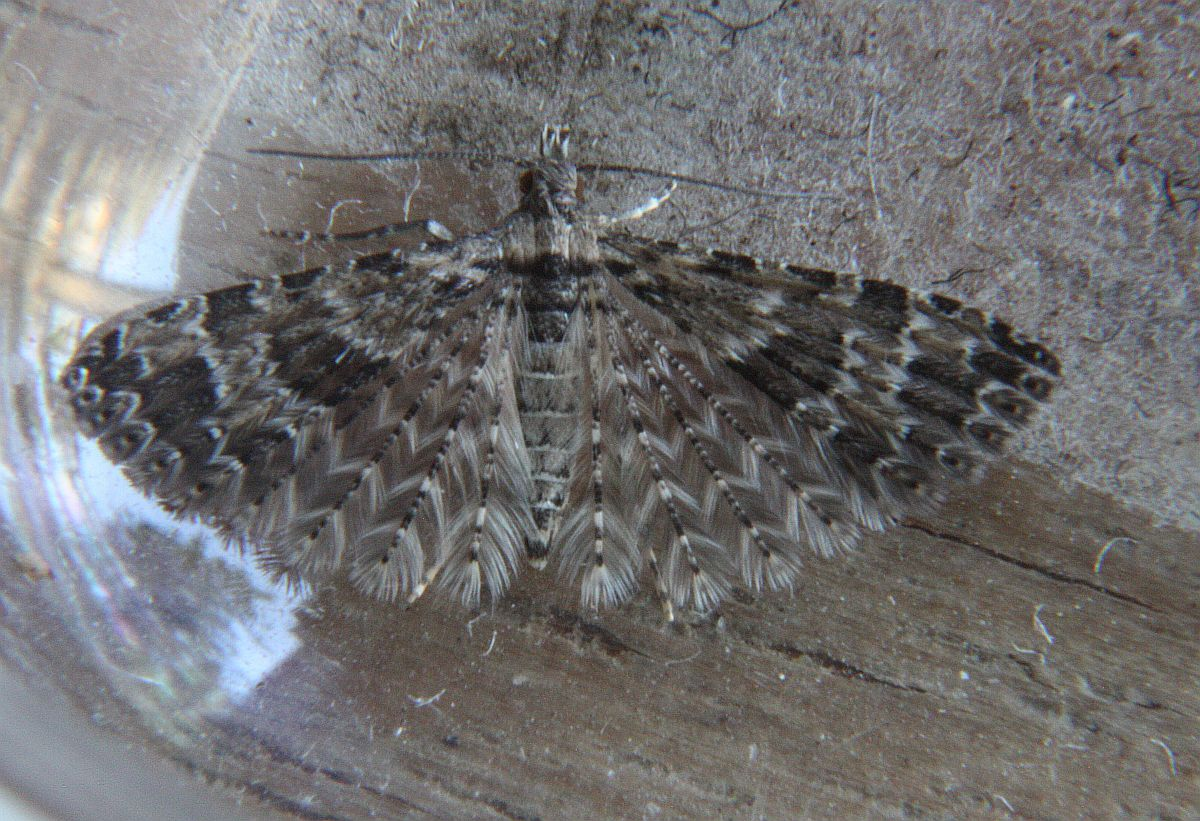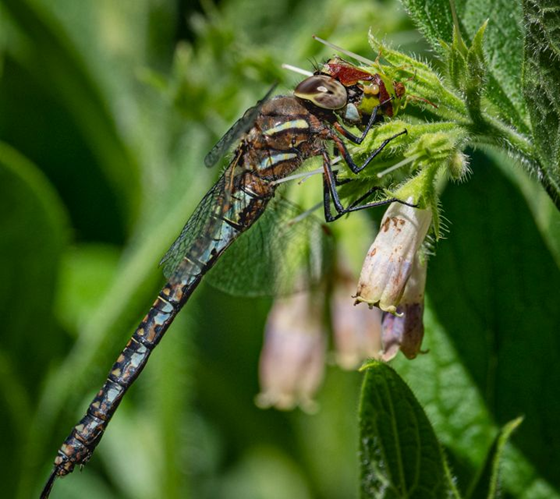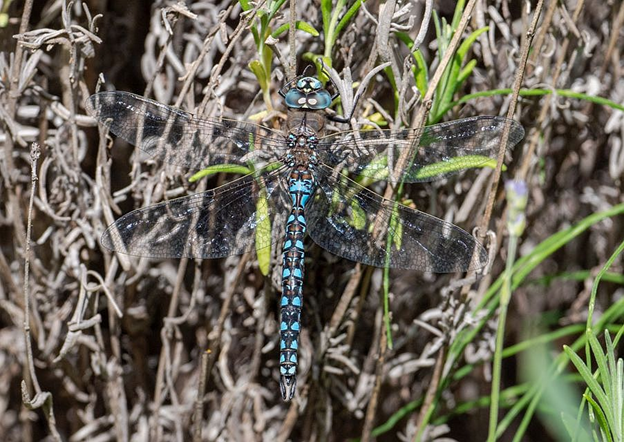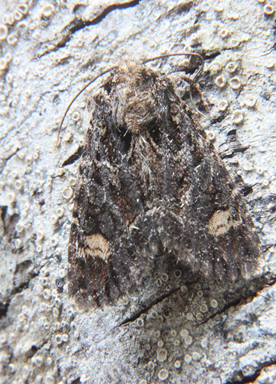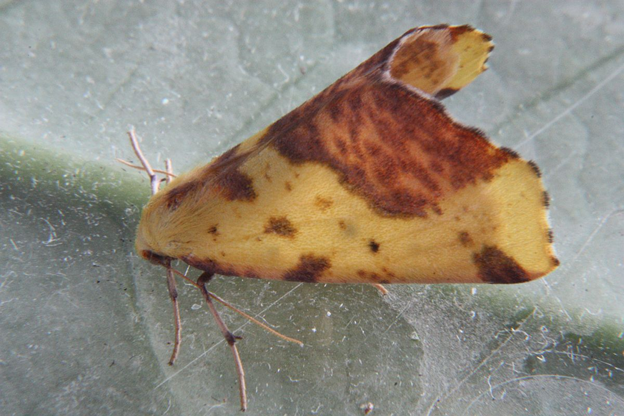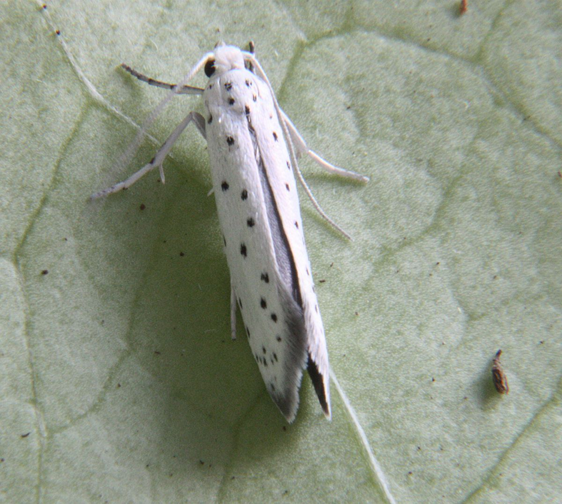2019 June 17 morning
Mike Yip writes: Mark Wynja and I butterflied Pass Main and the Mount Cokely Road yesterday and located 17 species – Margined White (8), Clodius Parnassian (30), Painted Lady (1), Two-banded Checkered (Grizzled) Skipper (2), Persius Duskywing (6), Pale Tiger Swallowtail (5), Western Tailed Blue (9), Silvery Blue (5), Western Sulphur (4), Western Meadow Fritillary (3), Hydaspe Fritillary (2), Julia Orangetip (7), Anna’s Blue (5), Boisduval’s Blue (12), Western Pine Elfin (1), Hoary Comma (10), and Green Comma (3) .
Earlier in the week we visited Cortes Island and saw 3 Silver-spotted Skippers. They were on private property not accessible to the general public.
Notes [Jeremy Tatum]. Viewers will notice that Mike uses the name Julia Orangetip, and they may be glad of some clarification. As with so many butterflies and other organisms, the Orangetip is subject to the frequent lumpings, splittings and name-changes of the ever-enthusiastic taxonomists. The Orangetip has been lumped or split into several species or subspecies. The form “julia” is regarded as a subspecies by some, or as a full species by others, and which populations are regarded as “julia” vary from author to author. I am not a taxonomist nor indeed any sort of biologist, and I cannot make any taxonomic judgment. My role as moderator of this site is more akin to that of an “Editor”, and as such I have to ensure that I keep to a consistent set of names throughout the site. Since this site first opened in 2010, there have been 29 photographs of the Orangetip, and numerous other non-photographed sightings, and viewers will understand that it is impractical to keep making name-changes every time a new taxonomic status is proposed. I try, therefore, to keep a consistent set of names, which I listed on April 16. Thus, this site uses the name “Sara Orangetip” for orangetips seen on Vancouver Island.
The Silver-spotted Skipper reported by Mike and Mark is a first for this site, and the question arises as to whether Cortes Island is legitimately part of Vancouver Island! I post the record without qualms partly because no one else is covering Cortes Island, and mostly because I cannot resist posting Mike’s photograph of this magnificent creature. Viewers might note that the name “Silver-spotted Skipper” is used in Britain for the butterfly that we call “Branded Skipped”. Our Silver-spotted Skipper is an entirely different animal.
Here are Mike’s photographs of some of the butterflies seen by him and Mark:


Western Sulphur Colias occidentalis (Lep.: Pieridae) Mike Yip


Western Meadow Fritillary Boloria epithore (Lep.: Nymphalidae) Mike Yip


Hydaspe Fritillary Speyeria hydaspe (Lep.: Nymphalidae) Mike Yip

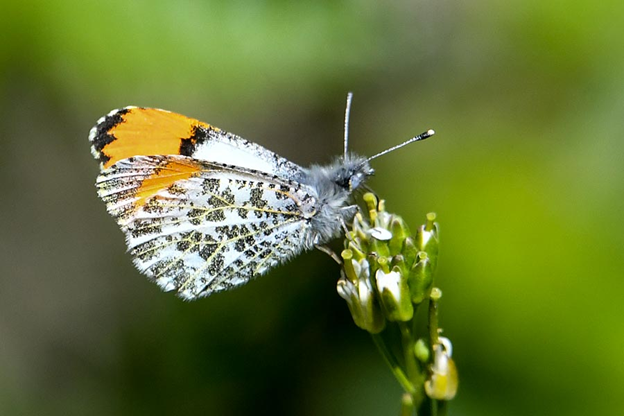
Sara Orangetip Anthocharis sara (Lep.: Pieridae) Mike Yip


Margined Whites Pieris marginalis (Lep.: Pieridae)

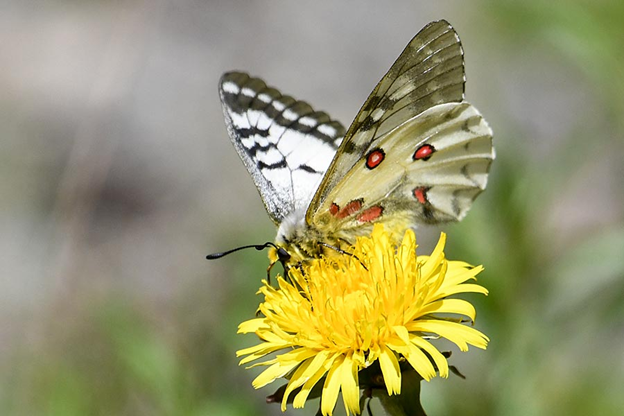
Clodius Parnassian Parnassius clodius (Lep.: Papilionidae) Mike Yip


Persius Duskywing Erynnis persius (Lep.: Hesperiidae) Mike Yip

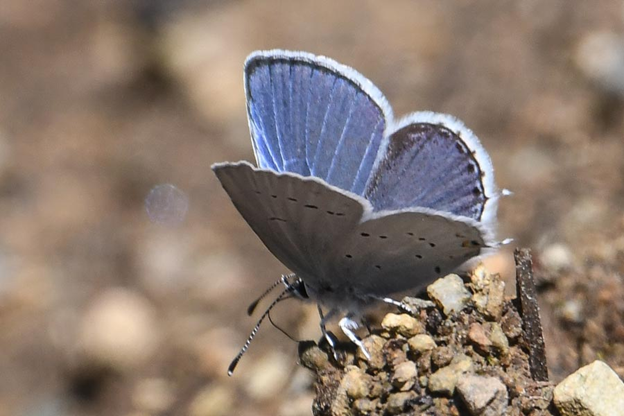
Western Tailed Blue Everes amyntula (Lep,: Lycaenidae) Mike Yip


Anna’s Blue Lycaeides anna (Lep.: Lycaenidae) Mike Yip


Hoary Comma Polygonia gracilis (Lep.: Nymphalidae) Mike Yip

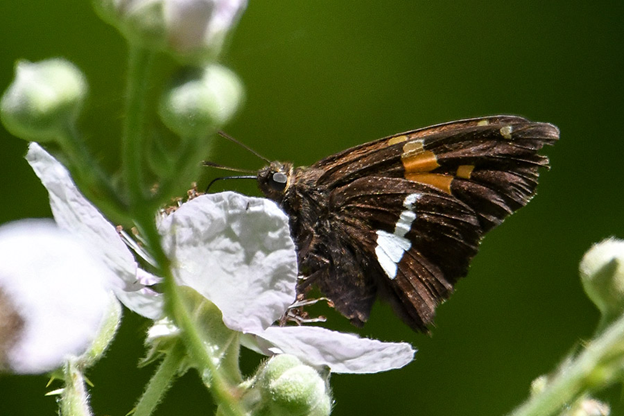
Silver-spotted Skipper Epargyreus clarus (Lep.: Hesperiidae)

